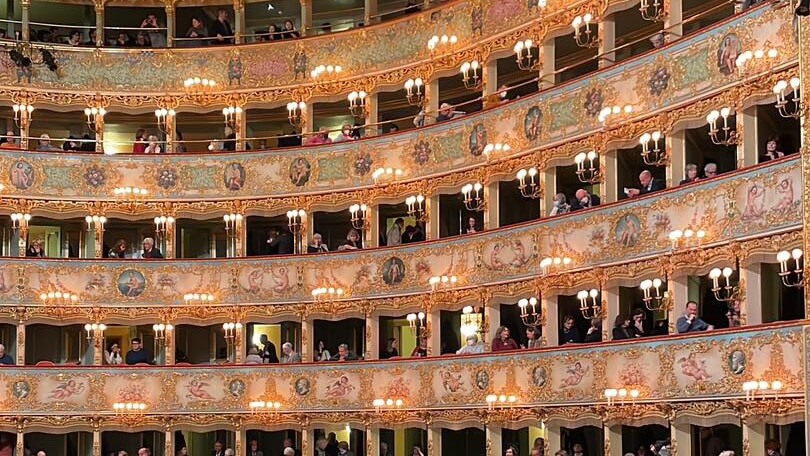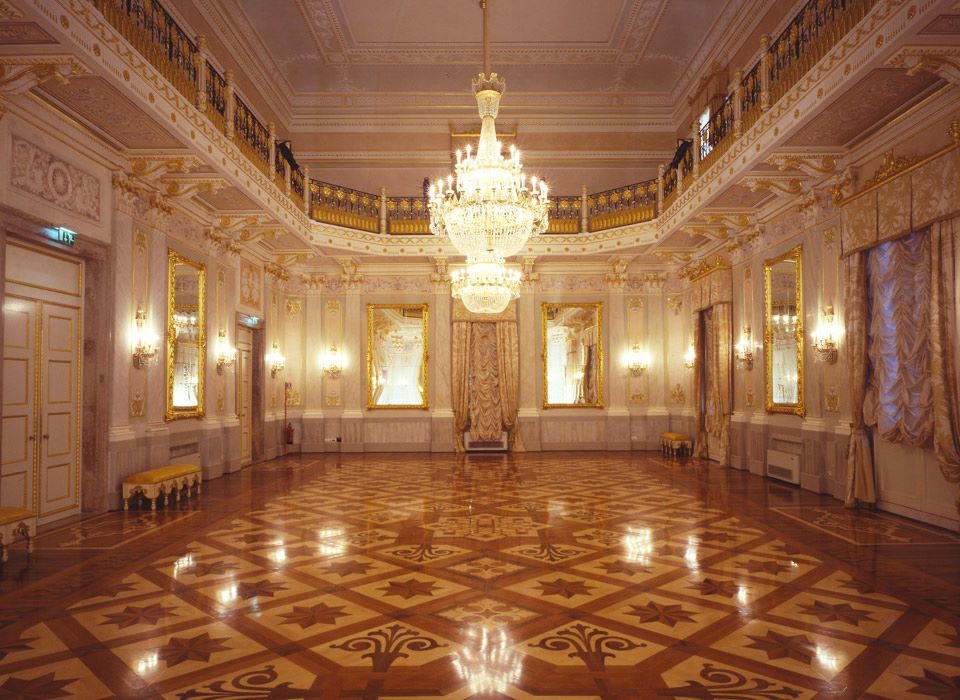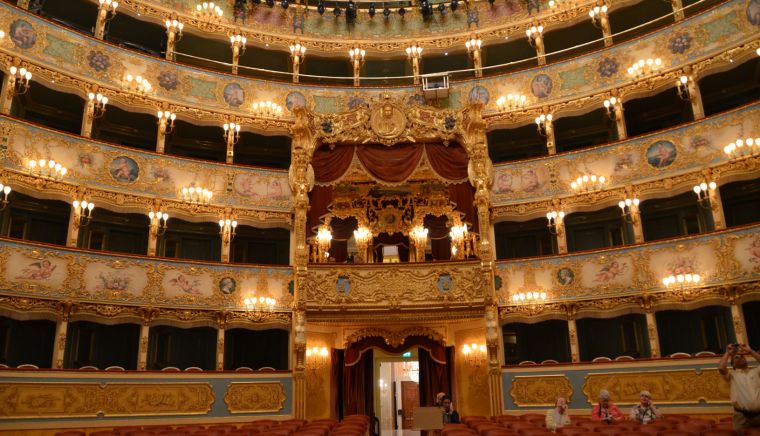One of the most prestigious opera houses in the world, La Fenice of Venice is admired for its extraordinary architecture, aesthetic appeal, and dramatic history. Two devastating fires and over two centuries of political instability have not crushed this symbol of rebirth and resilience.
The construction: the call for projects and the vision
In 1789, in Venice already rich in ancient theaters (as many as seven), the need arose to create a new space for the arts. The Nobile Società dei Palchettisti, which had lost the Theater San Benedetto sold to the Venier family, decided to raise the stakes. Their ambitious goal was to create a theater that was even more beautiful, luxurious, and iconic. Thus, a competition was launched to construct what would become La Fenice, outlined in 14 articles specifying the principles to be followed.
Among the 28 projects submitted, Giannantonio Selva‘s design was the winner. His model stood out for the innovative use of wooden decorations and architectural details. Selva envisioned a façade adorned with paintings depicting Apollo, the Medusa, Orpheus, and Cerberus—elements evoking the classical world and mythology, turning the theater into a true temple of the arts.
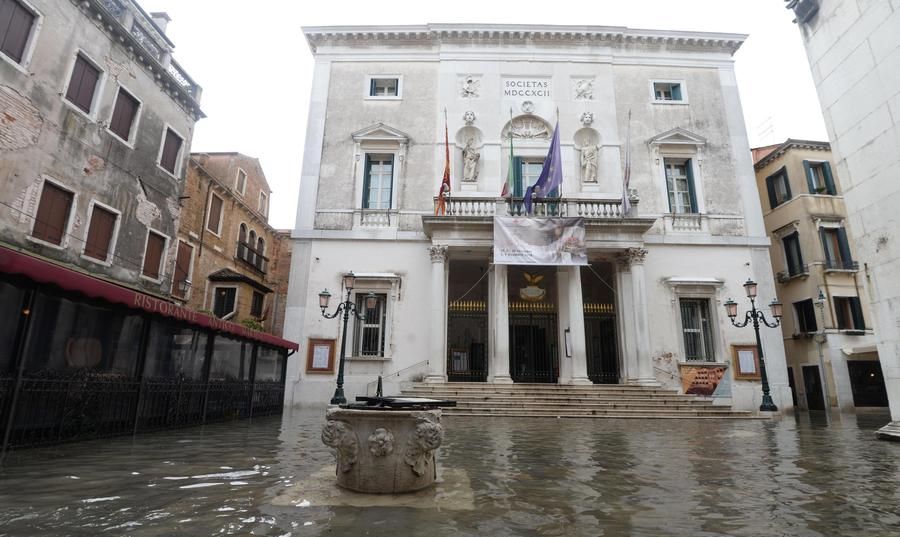
The Napoleonic transformation: 1807
In 1807, during the French domination, La Fenice was transformed into the state theater. To welcome Napoleon, the hall was redecorated in an Empire style, with shades of sky blue and silver, giving the theater a regal splendor. A royal box was also created, designed to permanently host the imperial family. The new neoclassical decorations, curated by the artist Giuseppe Borsato, were a clear tribute to Napoleon’s power, with themes referencing Apollo and the chorus of the Muses.
The first major restoration: 1825-1828
By 1825, the theater’s main hall was in poor condition due to wear and the use of oil lamps, which had damaged the decorations. Once again, Borsato was entrusted with the restoration, during which he redesigned the hall and installed a grand central chandelier. The new monochrome decorations, depicting musical instruments and masks, added elegance and refinement. La Fenice reopened to the public in 1828, ready to reclaim its status as the most prestigious theater in Venice.
However, fate had more challenges in store…
The first fire: December 13, 1836
The theater experienced its first major tragedy on December 13, 1836, when a malfunctioning stove caused a devastating fire. Much of the theater, primarily built of wood, was destroyed, although the atrium and the Apollinee rooms remained miraculously intact. Despite the severity of the damage, the tenacity of the Venetians enabled a rapid reconstruction. The Meduna brothers were commissioned to restore the theater, and just one year later, on December 26, 1837, La Fenice reopened, once again proving its ability to rise from the ashes.
The second fire: January 29, 1996
The myth of the Phoenix, rising from its ashes, repeated itself dramatically on January 29, 1996, when a second devastating fire struck the theater. This time, however, it was arson. After seven years of investigations, the culprits were finally identified and convicted: Enrico Carella and his cousin Massimiliano Marchetti, contractors who had fallen behind on maintenance work. To avoid paying a penalty, they devised a reckless plan: start a small fire to justify the delay. However, the blaze got out of control, leading to a much more severe disaster.
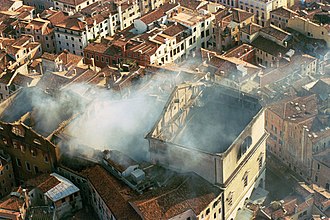
The theater was rebuilt and reopened its doors in December 2003. The culprits, after trials and periods of hiding, served only brief prison sentences. But once again, La Fenice rose, proving that despite everything, its spirit and history cannot be destroyed.
Take a moment to appreciate the architectural beauty of the Teatro La Fenice:

